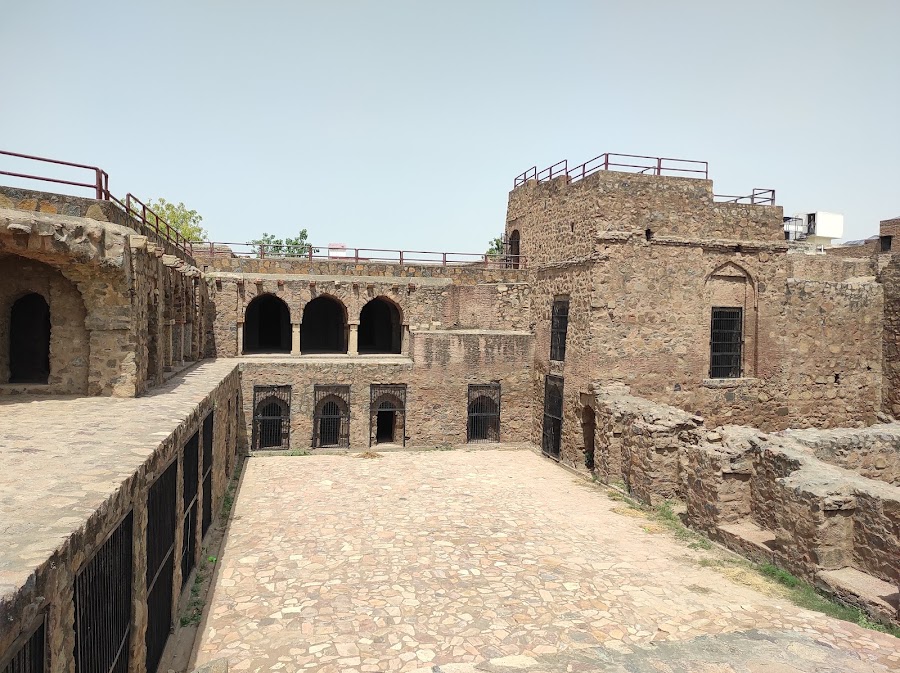
Firoz Shah Palace
Hisar, India
- Admire the Ashokan Pillar's historical importance
- Explore the Diwan-i-Aam and Diwan-i-Khas
- Learn about the Tughlaq dynasty's history
- Photograph the intricate carvings and structures
- Visit the Gujari Mahal for romantic architecture
Known for:
Description:
Firoz Shah Palace, located in Hisar, Haryana, is a fascinating complex showcasing Indo-Islamic architecture. Built by Firoz Shah Tughlaq in the 14th century, it served as his administrative and residential hub. The palace complex includes various structures like Diwan-i-Aam (Hall of Public Audience), Diwan-i-Khas (Hall of Private Audience), a mosque, a baradari, and underground apartments. The intricate carvings, massive pillars, and the overall layout reflect the grandeur of the Tughlaq dynasty. The Ashokan Pillar, originally erected by Emperor Ashoka, was brought here by Firoz Shah, adding historical significance. Though partially in ruins, the palace offers a glimpse into the medieval era and is a captivating experience for history enthusiasts and architecture lovers. Don't miss the Gujari Mahal, built for his beloved, a testament to his affection and architectural vision.
History:
Firoz Shah Tughlaq, a ruler of the Tughlaq dynasty, founded Hisar in 1354 AD and subsequently constructed the Firoz Shah Palace. The palace served as his administrative center and a royal residence. He was known for his passion for architecture and established several cities and structures during his reign. The palace witnessed various historical events and served as a crucial center of power. Notably, Firoz Shah brought an Ashokan Pillar from Topra Kalan and installed it within the palace complex, showcasing his interest in preserving historical artifacts. Over time, the palace faced neglect and deterioration, but restoration efforts have been undertaken to preserve its historical significance. Today, it stands as a reminder of the Tughlaq dynasty's influence in the region.